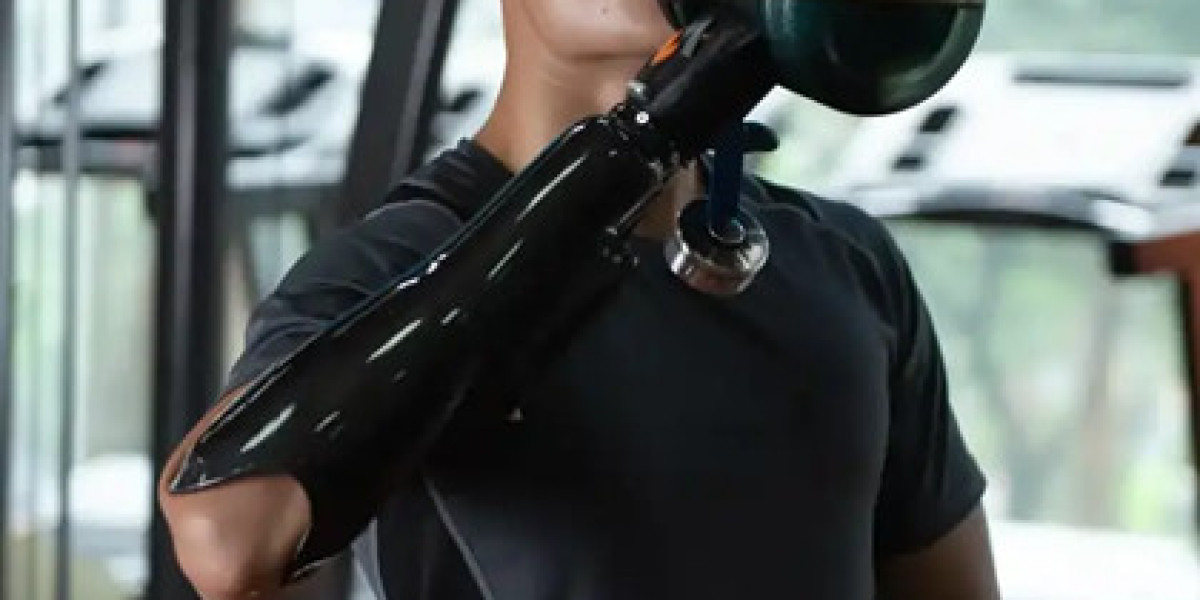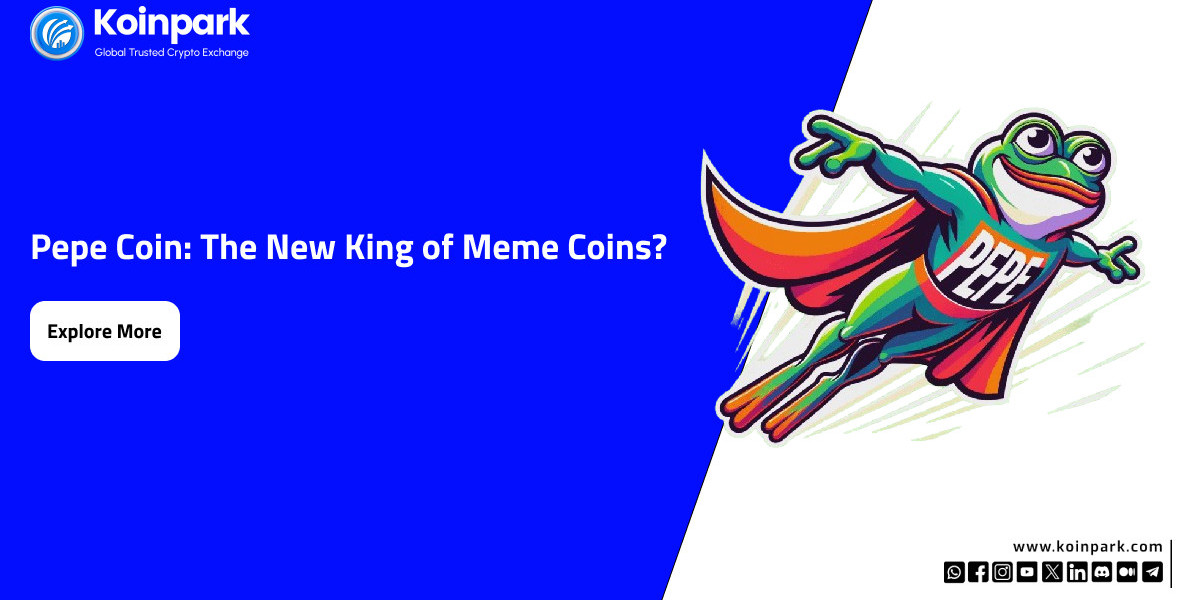The history of prosthetic artificial hands is a testament to human ingenuity and our relentless pursuit of improving the quality of life for individuals with limb differences. From rudimentary designs to cutting-edge bionics, the evolution of prosthetic hands is a fascinating journey through time.
**1. Ancient Beginnings
The earliest recorded attempts at creating prosthetic hands date back to ancient civilizations. In Egypt, around 1500 BCE, craftsmen crafted simple hand-like appendages from materials like leather and wood. These early prosthetics were more symbolic than functional, offering minimal assistance ain daily tasks.
**2. Renaissance Innovations
During the Renaissance, a surge in anatomical understanding led to more sophisticated prosthetic designs. Metal components and intricate joint systems allowed for a closer replicaticon of natural hand movements. Ambroise Paré, a French surgeon from the 16th century, contributed to the advancement of prosthetics with his mechanical hand designs.
**3. Industrial Revolution Improvements
The Industrial Revolution brought about significant advancements in materials and manufacturing processes. Prosthetic hands became more widely available, utilizing materials like iron and steel. These designs, however, were still limited in functionality and often cumbersome.
**4. World Wars and Technological Progress
The devastating impact of World Wars I and II propelled prosthetic technology forward. The demand for functional limb replacements led to the development of more sophisticated designs. In the post-World War II era, the introduction of lightweight materials like plastics improved comfort and usability.
**5. Myoelectric Prosthetics
The 1960s witnessed a revolutionary shift with the advent of myoelectric prosthetics. These devices utilized electromyography (EMG) signals generated by muscle contractions to control the movement of the prosthetic hand. Myoelectric technology marked a significant leap in mimicking natural hand functions.
**6. Advancements in Microprocessors
The late 20th century saw the integration of microprocessor technology intco prosthetic hands. This allowed for more precise and natural movements, enhancing the user experience. The increased sophistication came with a higher degree of control and adaptability to various tasks.
**7. Bionic Technology in the 21st Century
The 21st century brought forth the era of bionic technology in prosthetics. Bionic hands, equipped with sensors and artificial intelligence, offer a level of dexterity and control previously unimaginable. These devices can be programmed to recognize and respond to different grip patterns, providing users with an unparalleled range of motion.
**8. Customization and 3D Printing
Recent years have seen a surge in customization and accessibility. 3D printing technology allows for the creation of prosthetic hands tailored to individual anatomies. This not only improves the fit and comfort but also reduces costs, making prosthetics more accessible to a broader population.
**9. Mind-Controlled Prosthetics
In a groundbreaking development, researchers are exploring mind-controlled prosthetics, connecting the artificial hand directly to the user's neural signals. This cutting-edge technology holds the promise of seamless integration and an even more natural user experience.
Conclusion: A Journey of Innovation
The evolution of prosthetic artificial hands showcases a remarkable journey from basic designs to the forefront of bionic technology. Each era has contributed to improving functionality, comfort, and the overall quality of life for individuals with limb differences. As we continue to push the boundaries of innovation, the future holds exciting possibilities for even more advanced and seamlessly integrated prosthetic solutions.








